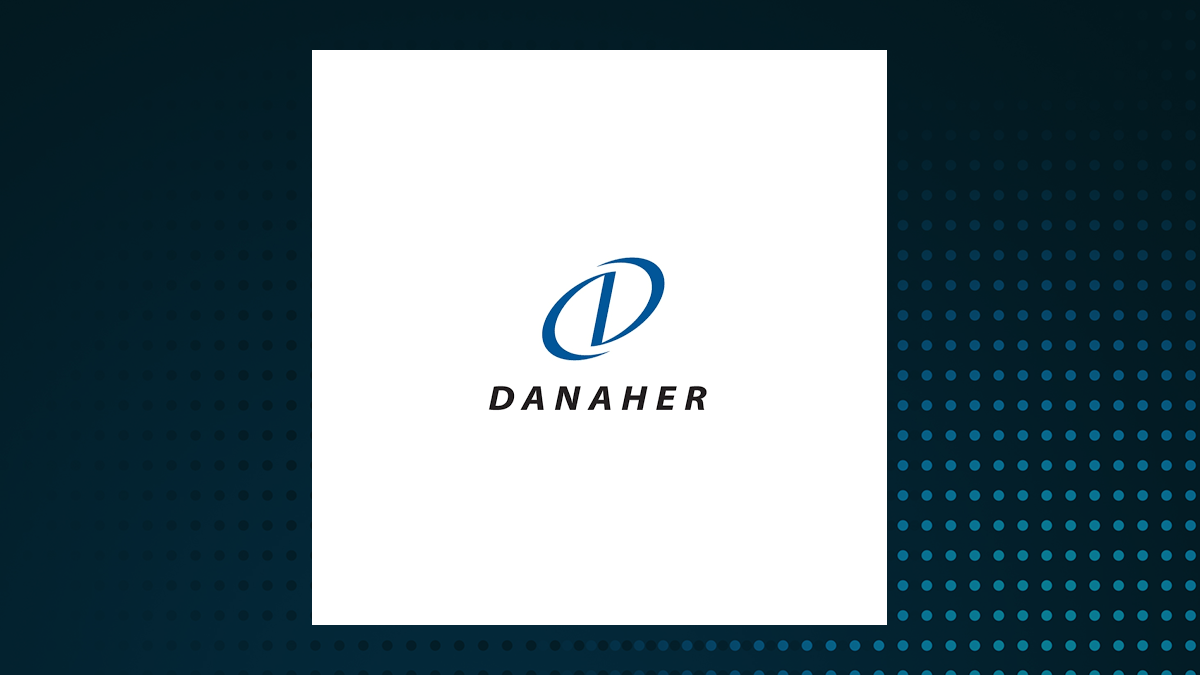 The company’s financial performance has been impacted by market fluctuations and technological innovations, with revenue growth varying unpredictably. Management is focused on developing new products and services while monitoring industry changes and AI uncertainties. Key performance indicators like sales growth and ROI are crucial for shareholder value. External risks include technological changes, healthcare cost reductions, geopolitical instability, AI adoption uncertainties, and third-party reliance. Risk mitigation strategies involve proactive product development, cost management, and cybersecurity measures. Forward guidance emphasizes adapting to industry trends for long-term growth and competitiveness.
The company’s financial performance has been impacted by market fluctuations and technological innovations, with revenue growth varying unpredictably. Management is focused on developing new products and services while monitoring industry changes and AI uncertainties. Key performance indicators like sales growth and ROI are crucial for shareholder value. External risks include technological changes, healthcare cost reductions, geopolitical instability, AI adoption uncertainties, and third-party reliance. Risk mitigation strategies involve proactive product development, cost management, and cybersecurity measures. Forward guidance emphasizes adapting to industry trends for long-term growth and competitiveness.
Executive Summary
Financials
Revenue growth has been volatile over the past three years, with fluctuations driven by market conditions, technological innovation, and geopolitical factors. The timely development of new products, changes in healthcare costs, and uncertainties surrounding artificial intelligence have all contributed to the unpredictable nature of revenue growth. Operating expenses have decreased slightly, with selling, general, and administrative expenses dropping from $1,807 to $1,772, and research and development expenses falling from $368. Overall, there are no significant changes in cost structures. The company’s net income margin is 1,088. It has declined compared to the previous period. The company’s net income margin may be lower or higher than industry peers, but specific benchmarking data is not provided.
Management Discussion and Analysis
Management has focused on developing new products and services based on technological innovation and cost-efficiency improvements. They have also been cautious of market changes and uncertainties related to artificial intelligence. The success of these initiatives is uncertain. Management assesses the company’s competitive position by focusing on timely development of innovative products and services. They highlight market trends such as cost reduction efforts in healthcare, economic factors, AI deployment uncertainties, and reliance on third-party partners for success. Major risks include technological innovation dependency, industry changes, economic factors, AI uncertainties, and third-party reliance. Mitigation strategies involve timely product development, adapting to cost changes, monitoring global factors, managing AI impact, and ensuring partner performance.
Key Performance Indicators (KPIs)
Risk Assessment
The top external factors posing risks to the company are technological changes affecting product development, healthcare industry cost reductions, geopolitical instability, uncertain AI adoption, and reliance on third-party collaborators. These factors impact growth, financial stability, and intellectual property protection. DHR assesses cybersecurity risks through regular audits and invests in advanced security measures to protect digital assets. Collaboration with industry experts and continuous monitoring ensures proactive risk management in the evolving digital landscape. Yes, there are legal, regulatory, compliance, and reputational risks that could impact the company. DHR is addressing them by closely monitoring national laws, policies, and foreign competition to protect their business and financial statements.
Corporate Governance and Sustainability
The board of directors is not discussed in the provided information. No notable changes in leadership or independence have been mentioned. DHR does not address diversity and inclusion or mention a commitment to board diversity in its governance practices. The report does not specifically disclose sustainability initiatives or ESG metrics. DHR demonstrates commitment to responsible business practices through evaluating the effectiveness of disclosure controls and procedures, focusing on innovation, and considering factors like cost reduction and geopolitical impacts.
Forward Guidance
The company’s forward-looking guidance addresses its strategic initiatives and priorities by acknowledging potential risks such as intense competition, regulatory compliance, litigation, and environmental liabilities that could impact its business and financial performance. DHR factors in the significant changes in the healthcare industry and related industries to reduce costs. It plans to capitalize on these trends by developing and commercializing new products and services based on technological innovation to meet the evolving needs and demands of the market. The forward-looking guidance suggests a commitment to long-term growth with potential strategic shifts in investments or partnerships to enhance competitiveness. This proactive approach aligns with the company’s goal of adapting to market changes and technological advancements for sustained success.
For more information:
This article was created using artificial intelligence technology from Klickanalytics.
